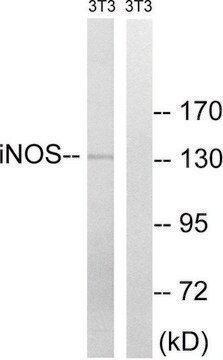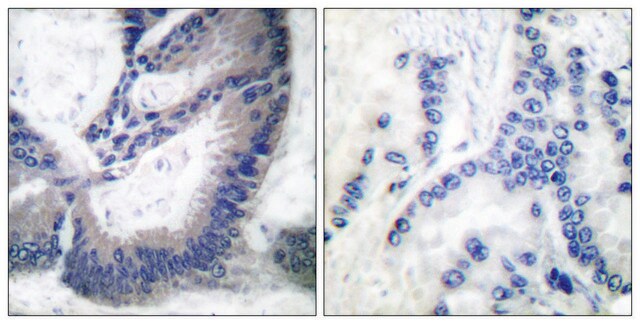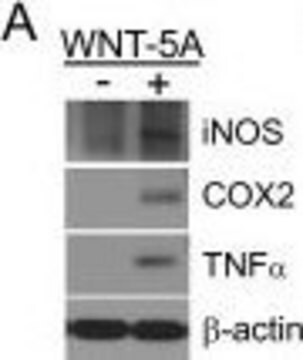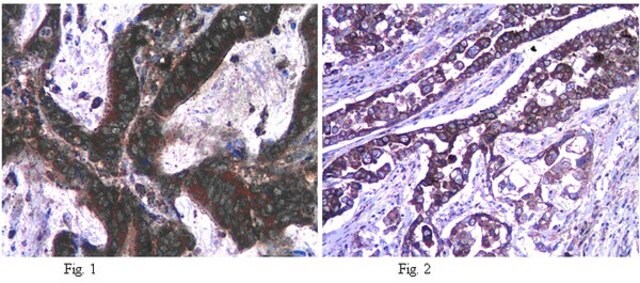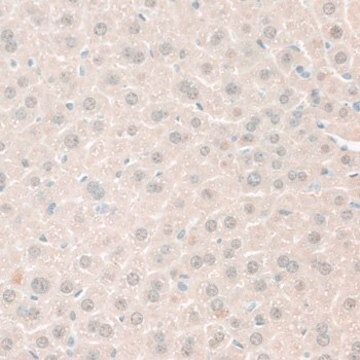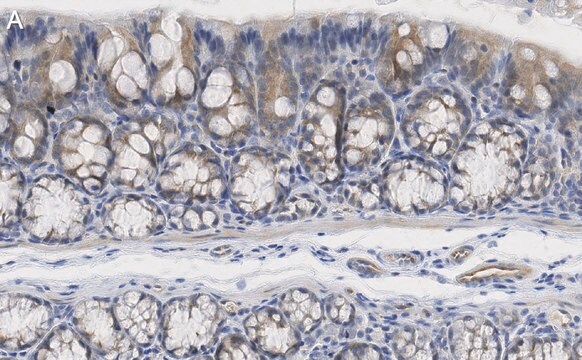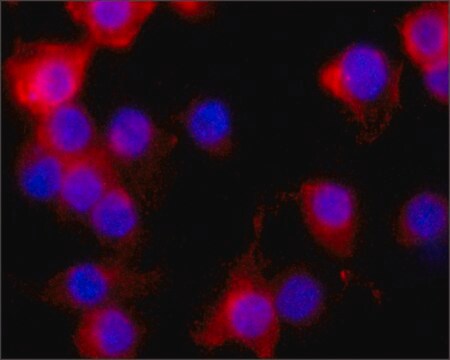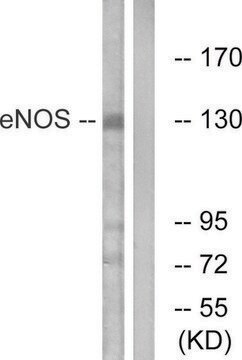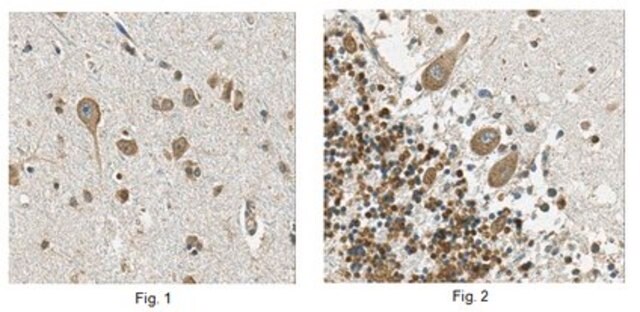SAB4200766
Anti-Nitric Oxide Synthase, Inducible antibody, Mouse monoclonal
clone NOS-IN, purified from hybridoma cell culture
同義詞:
Anti-Hepatocyte NOS (HEP-NOS), Anti-Inducible NOS (iNOS), Anti-NOS type II, Anti-Peptidyl-cysteine S-nitrosylase NOS2
About This Item
推薦產品
生物源
mouse
品質等級
抗體表格
purified from hybridoma cell culture
抗體產品種類
primary antibodies
無性繁殖
NOS-IN, monoclonal
形狀
buffered aqueous solution
分子量
~130 kDa
物種活性
human, mouse, rat, plant
濃度
~1.0 mg/mL
技術
flow cytometry: suitable
immunoblotting: 2-4 μg/mL using mouse macrophage RAW 264.7 cell line activated with lipopolysaccharide (LPS) and interferon-γ
immunohistochemistry: 10-20 μg/mL using heat-retrieved formalin-fixed, paraffin-embedded human pancreas sections
同型
IgG1
UniProt登錄號
運輸包裝
dry ice
儲存溫度
−20°C
目標翻譯後修改
unmodified
基因資訊
mouse ... Nos2(18126)
一般說明
特異性
免疫原
應用
- immunoblotting
- immunofluorescence
- immunohistochemistry
- fluorescence-activated cell sorting (FACS)
生化/生理作用
外觀
儲存和穩定性
免責聲明
未找到適合的產品?
試用我們的產品選擇工具.
儲存類別代碼
10 - Combustible liquids
閃點(°F)
Not applicable
閃點(°C)
Not applicable
分析證明 (COA)
輸入產品批次/批號來搜索 分析證明 (COA)。在產品’s標籤上找到批次和批號,寫有 ‘Lot’或‘Batch’.。
我們的科學家團隊在所有研究領域都有豐富的經驗,包括生命科學、材料科學、化學合成、色譜、分析等.
聯絡技術服務